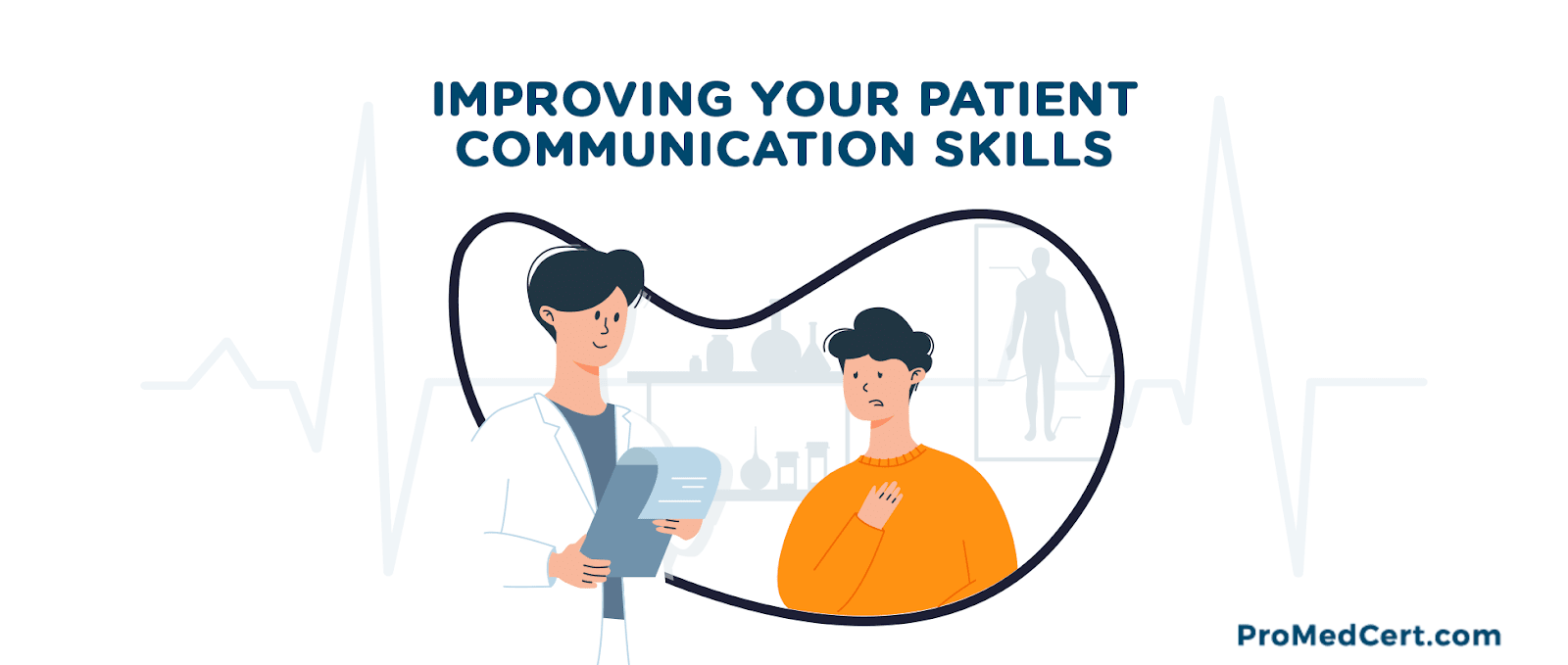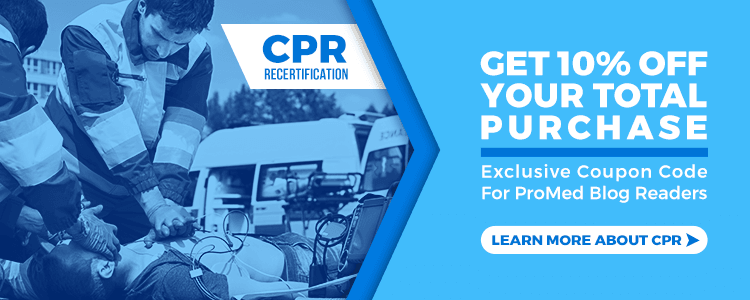Improving Your Patient Communication Skills

As a medical professional, it’s easy to assume that the first, and only function of your job is providing treatment for your patients. While this is obviously important, something that’s equally important is being a resource for your patients.
A person isn’t going to be able to head to a doctor or hospital every time a minor issue arises, so part of your job is helping them understand their medical needs and how/when they can take care of themselves vs. when they need to visit a professional. As a result, at every level of the medical field, professionals should be working to try and improve their communication skills, both for patient satisfaction and compliance. Here are some ways to do just that.
Improve your non-verbal communication: In many cases, it’s what a patient doesn’t say that can give you guidance on the best way to approach them. For example, if you see a patient is hunched over, looking away, or needs to take time to explain their situation/symptoms, that it may be something embarrassing for them. Showing a bit of empathy to them and allowing them to discuss the issue at their own pace will not only help them provide you the information that you need, but also make them more willing to follow your guidance. On a side note, you should also think about your non-verbal communication. Any gestures/postures that make you seem closed off or uninterested are going to hurt your relationship with the patient.
Don’t forget the basics: While you can’t account for every potential roadblock in your schedule, the fact is that little things can hurt your communication before you even start. This includes things like being late for an appointment, forgetting the patient’s name, or other issues. Granted, these aren’t always possible to avoid. In these cases, you just want to be as apologetic as possible and make sure that you are especially attentive to their needs.
Learn how to break down concepts: If you were to discuss a medical issue with a colleague, you could use all the technical/medical terms and not skip a beat. However, when working with patients, not only are you dealing with laymen but people at varying levels of education. Some may have tried to do their own research online or talk to someone they know with a similar experience. Others may be going in completely unaware of what their issue is. Because of this, you need to have a lot of skills when it comes to taking complicated concepts and breaking them down into basic terms. This doesn’t mean being condescending, just accessible.
Be ready to answer questions: A secondary part to the previous point is being ready to tackle questions. Patients are naturally going to have a lot to ask about their medical status and the best treatments, and even if their question is uninformed, you don’t want to respond in a way that they could find insulting. You can also use questions to your benefit, asking open-ended ones in order to get them to explain more of what they are dealing with. Giving the impression of a free exchange of information helps make everyone feel at ease.
End the visit on a good note: A first impression is important, but so is the final one. You want to end the interaction with a patient in a way that makes them feel comfortable and confident in your plan. This means making sure that they understand the nature of their diagnosis as well as the treatment and prognosis. Giving them a layout of what their next steps are going to be will help provide a roadmap to wellness. Finally, a positive expression of hope can help a lot in making the patient feel more relaxed and in control.
Utilize empathy: In some cases, even issues with minor health consequences can be a major struggle for people, like aesthetic problems. In other cases, some people may be concerned due to the portrayals of certain health issues in the media or their own personal experience. Despite the fact that medical professionals deal with these issues every day, it’s important that you practice empathy with all patients. Empathy, in this case, is simply showing the patient that their feelings on the issue are valid. While this makes the patient feel better, there is a practical benefit on your end, too. Some patients provide clues to their concerns with doctors without actually saying them. Empathy helps you better pick up on these, saving you average time when it comes to a visit.
Understand your need to improve: Even if you consider yourself a social butterfly outside of work, the fact is that patient to professional communication is something that you improve on over time. This is just like any other skill. If you have concerns about how well you are doing in this regard, think about opening up a feedback pipeline about your performance here. In some cases, there may be ways that you can improve that you didn’t even think about. It’s also a good idea to try and review your communication practices with other medical professionals.
Patient communication is one of those things that nurses and medical professionals should always be iterating and improving on. However, in a pinch, you can always focus on other things as needed. With something like, say, medical certification, things are a bit different. You need to keep up with your certification in order to stay in compliance to work, as well as be up to date on industry guidance for things like BLS, CPR, ACLS, and PALS. One way to help simplify the process is opting to do the process online.
This saves you time and lets you work at your own pace, but you want a provider you can trust. This means working with ProMed. We provide certification courses made by experts in compliance with AHA and ILCOR guidelines. We are so confident in our certification and recertification options, that we offer a 100% money-back guarantee.

